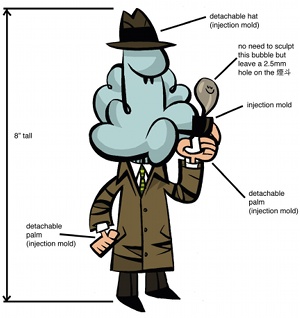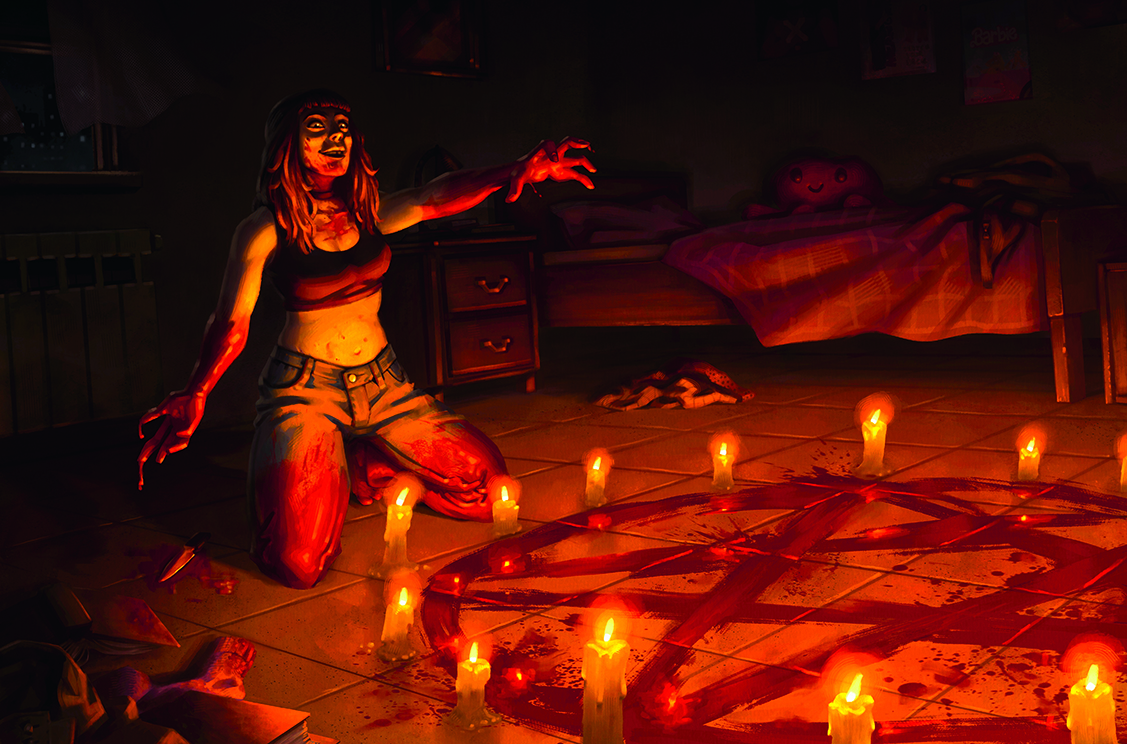Get into vinyl
Crazylabel’s Andy Woo shares his tips on getting your character designs turned into a vinyl toy
Put it out there
Select characters with a strong style – don’t be too shy to present your portfolio with different ideas or designs. Develop your own style and be consistent. It might be convenient to send a bunch of pictures by email, but at the end of the day presentation counts, so make a pretty and accessible website that can be viewed by desktop or mobile browsers.

Tell a story
Content is king – remember, we’re in the storytelling business. You designed your characters and want to hook people up with attractive background stories; it’s kind of turning the whole thing into an emotional experience. A good story is like the soul of the toy; without it, the toy would be just another piece of pretty plastic that collects dust on the shelf.
Mock it up…
It’s important to visualise your ideas and designs. If possible, try to make 3D models of them; this helps toy makers quickly understand your designs and see how to turn them into production pieces.
Forge relationships
Believe it or not, shop owners tend to know a lot of toy makers and they’re often savvy to the quality of their production too. It’s in your interests to have a good relationship with them as they might turn out to be a key contact in connecting you to a good toy maker.
Be patient
Toy makers are busy people: they take care of toy development, production and a lot of other little things besides. And you can imagine that they get a lot of similar submissions to yours too. So be patient – if you haven’t heard back for a while, send them a timely reminder and ask if they need any further information. But be careful not to push too hard, otherwise it will make things worse, not better.
Andy Woo is founder of Crazylabel
Daily design news, reviews, how-tos and more, as picked by the editors.

The Creative Bloq team is made up of a group of art and design enthusiasts, and has changed and evolved since Creative Bloq began back in 2012. The current website team consists of eight full-time members of staff: Editor Georgia Coggan, Deputy Editor Rosie Hilder, Ecommerce Editor Beren Neale, Senior News Editor Daniel Piper, Editor, Digital Art and 3D Ian Dean, Tech Reviews Editor Erlingur Einarsson, Ecommerce Writer Beth Nicholls and Staff Writer Natalie Fear, as well as a roster of freelancers from around the world. The ImagineFX magazine team also pitch in, ensuring that content from leading digital art publication ImagineFX is represented on Creative Bloq.
